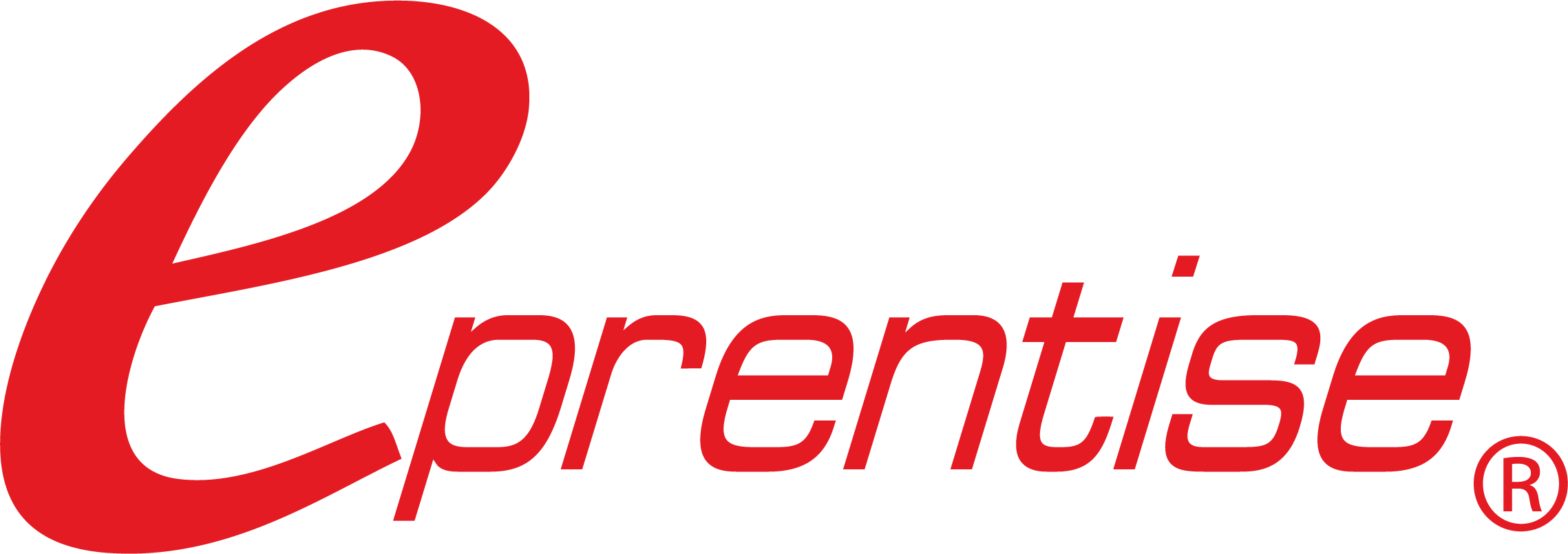The concept of a world-class close has been around for decades, and with the economy booming, stalling, and then doing who-knows-what in the future, revisiting the elements of an exemplary close can bring unexpected benefits to any organization. Driving toward a world-class close means by definition that IT and Finance will become more flexible, more strategically aligned with the business, adopt continuous improvement policies and practices, improve the timeliness and accuracy of financial reports, and enhance overall financial reporting and analysis. Any one of these improvements would be welcome by any organization. All five at once would be a boon, and worthy of a strategic corporate initiative sponsored by any C-level executive, be it the CEO, CFO, or CIO.
A world-class close is performed efficiently and effectively, in a few days or in some cases a few hours, with as few people as possible, using as little technology and time as possible, and with minimal use of manual or miscellaneous journal entries. After the books are closed for the reporting period (day, week, month, quarter, or year), within a few short hours final reports can be generated, the numbers are accurate, auditors check controls, and everyone goes on to focus on making money or reducing costs in the next reporting period – not on compiling and disseminating reports. A world-class close can only happen when it is a priority for C-level management. But as a corporate strategic initiative, a world-class close can also be an indicator of a world-class organization with the following characteristics:
- Management and employees are all held accountable for the business.
- Performance metrics are aligned throughout the organization.
- Continuous Improvement programs are well-established.
- IT systems are highly integrated.
- The organization is nimble and can easily respond to changes in the business environment.
- The organization is committed to training and cross-training employees.
- The organization values innovation.
In an organization with a world-class close, accounting and finance teams recently described their processes and day-to-day responsibilities. Common characteristics include:
- Enter data only once at the source – generally at the subledger level and then automate the process of posting from the subledgers to the GL.
- Automate the reconciliation process.
- Control tightly any manual or miscellaneous journal entries.
- Use an adjustment ledger to separate the analysis required for manual adjustments from the routine transaction processing
- Continuously review the period-end close process and recommend improvements.
- Hold yourself accountable for the period-end schedule and process.
- Time system run-times to the hour and minute.
- Track and hold yourself accountable for any booking errors.
- Centralize the period-end process for IT, finance, and accounting teams.
- Move to a single, global chart of accounts if you are not already there.
- Ensure that anyone who is held accountable for their departmental budget, both revenue and cost centers, understands the close process and receives or can access updated reports whenever needed. Variances will be easy to spot and to respond to.
- Make it easy for internal and external auditors to monitor controls over financial reporting by automating virtually every step.
A world-class close can have different characteristics in different organizations depending on numerous factors. For example, one organization may perform a full close each quarter without performing a monthly consolidation. In Month One, a local close provides reporting on the operating income detail. In Month Two, they would do a partial consolidation without, for example, eliminating profit in inventory. Another organization may perform a complete close quarterly at the corporate level but with sub-units still fully closing on a monthly level. Regardless, organizations should resolve any accounting issues before the closing so that the closing period does not turn into a decision-making period.
All contributing business units should also be tracked on the quality and the timeliness of their submission to the same set of metrics. For example, organizations should establish definitions for early, on-time, and late submissions (e.g. more than 4 hours before deadline, between 4 hours and deadline, and more than one minute late, respectively). The organization would then track the timeliness of the submission and publish a performance scorecard. Similarly, an organization would define thresholds for materiality. Anything above the threshold would be handled in the following reporting period to ensure that a timely report is released and the organization would focus on reducing, or eliminating, manual adjustments and corrections whenever possible. Using a single, global chart of accounts helps ensure accuracy not only in the reports, but also in the submissions with fewer variations, translations, and interpretations– reducing the number of possible errors.
Focusing strategically on developing a world-class close process will bring the obvious benefit – less time spent generating reports and more time focusing on the business. The additional benefits for any organization can be substantial and provide a way to establish a culture based on quality and accountability, one hallmark of a world-class organization.






